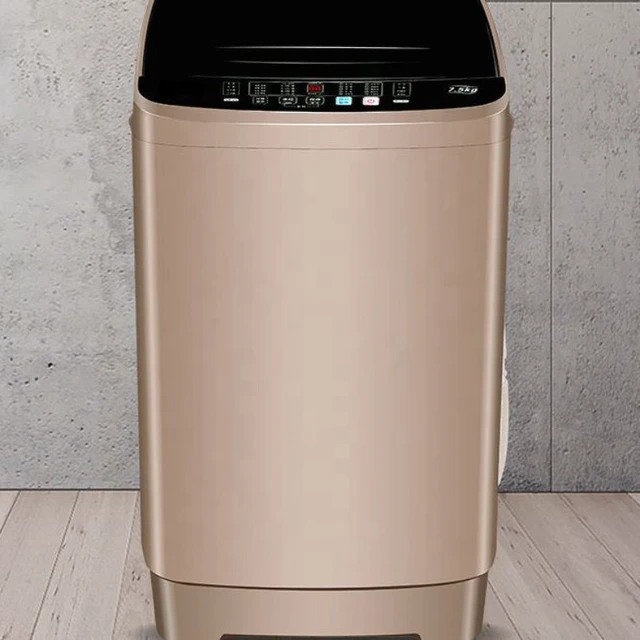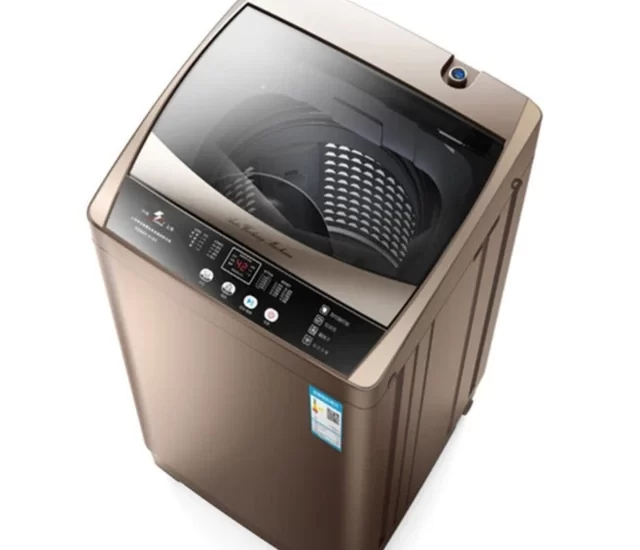 Introduction:
Introduction:
A washing machine that shakes violently during the spin cycle can be a frustrating and noisy experience. This imbalance not only affects the machine’s performance but can also lead to potential damage to your appliance and surrounding areas. In this comprehensive article, we will explore the various reasons behind a shaking washing machine during the spin cycle and provide solutions to help you resolve this issue. Understanding the causes and implementing the necessary measures will ensure a smooth and efficient laundry experience.
Here are some common types of washing machines:
There are several types of washing machines available on the market, each offering different features and functionalities. Here are some common types of washing machines:
Top-Loading Washing Machines:
These washing machines have a vertical drum and a hinged lid on the top. Most traditional and conventional washing machines fall into this category. They are generally easier to load and unload, and some models may require less bending over. Top-loading machines are available in various capacities and can come with different features, such as different wash cycles and water level options.
Front-Loading Washing Machines:
Front-loading washing machines have a door on the front that swings open, allowing you to load and unload clothes from the front. These machines are known for their energy efficiency and water-saving abilities. Front-loaders typically have larger capacities and use less water compared to top-loading machines. They are also known for providing better cleaning performance and being gentler on clothes.
High-Efficiency Washing Machines:
High-efficiency (HE) washing machines can be either top-loading or front-loading. These machines are designed to use less water and energy compared to traditional models. HE washing machines typically have special features, such as sensors that adjust water levels based on the load size, and they require the use of specifically formulated HE detergent.
Combination Washer-Dryer:
Combination washer-dryers are designed for smaller spaces or for those who prefer a compact solution. These machines combine the functions of a washing machine and a dryer into a single unit. Combination washer-dryers usually have a smaller capacity compared to standalone washers and dryers, and the drying function may take longer compared to standalone dryers.
Portable or Compact Washing Machines:
Portable or compact washing machines are smaller in size and designed for easy mobility. They are ideal for small apartments, travel, or situations where a traditional washing machine may not be suitable. Portable washers typically have lower capacities and may require manual water filling and draining.
Smart Washing Machines:
Smart washing machines are equipped with advanced technology that allows them to connect to the internet and be controlled or monitored remotely. These machines often come with smart features such as smartphone compatibility, remote diagnostics, energy monitoring, and personalized settings.
These are some common types of washing machines, each offering unique features and catering to different needs and preferences. When selecting a washing machine, consider factors such as capacity, energy efficiency, available space, desired features, and budget.
 Uneven or Overloaded Load
Uneven or Overloaded Load
Uneven distribution of clothes inside the drum is a common cause of a shaking washing machine.
The weight distribution affects the machine’s balance during the spin cycle, causing it to shake.
Overloading the Washing Machine:
Overstuffing the washing machine beyond its capacity can also lead to shaking during the spin cycle.
The excess weight puts strain on the machine, leading to imbalance and vibration.
Placement and Leveling Issues
Uneven Surface:
Placing the washing machine on an uneven surface can contribute to shaking during the spin cycle.
The machine requires a level and stable surface to operate smoothly.
Improper Machine Leveling:
If the washing machine is not properly leveled, it can lead to excessive vibrations during the spin cycle.
Adjusting the leveling feet can resolve this issue.
 Damaged or Worn Parts
Damaged or Worn Parts
Damaged Shock Absorbers:
Shock absorbers in the washing machine help dampen vibrations and stabilize the drum during the spin cycle.
If the shock absorbers are damaged, the machine may shake excessively.
Worn Suspension Springs:
Suspension springs support the weight of the drum and help absorb vibrations.
Over time, these springs can wear out, causing the washing machine to shake during the spin cycle.
Out-of-Balance Sensor Issues
Malfunctioning Out-of-Balance Sensor:
Modern washing machines are equipped with out-of-balance sensors to detect uneven loads.
If the sensor is malfunctioning, it may not detect and correct the imbalance, resulting in shaking.
Improper Calibration of the Sensor:
In some cases, the out-of-balance sensor may require calibration to accurately identify and correct imbalances.
Check your washing machine’s manual for instructions on how to calibrate the sensor, if applicable.
 Solutions to Resolve Shaking
Solutions to Resolve Shaking
Proper Load Distribution:
Ensure an even distribution of clothes inside the drum before starting the spin cycle.
Arrange the clothes in a balanced manner to prevent excessive movement.
Avoid Overloading:
Follow the manufacturer’s guidelines regarding the maximum load capacity of your washing machine.
Avoid overloading the machine, as it can lead to imbalance and unnecessary shaking.
Level the Washing Machine:
Check the machine’s levelness by using a bubble level.
Adjust the leveling feet as needed to achieve a stable and level position.
Inspect and Replace Damaged Parts:
Regularly inspect the shock absorbers and suspension springs for signs of damage or wear.
If necessary, replace these parts to ensure proper functioning and reduce shaking.
Service and Calibration:
If the shaking issues persist, consider contacting a professional technician to service and calibrate your washing machine.
They can diagnose and repair any potential issues with the shock absorbers, suspension springs, or out-of-balance sensor.
 Conclusion:
Conclusion:
A washing machine that shakes violently during the spin cycle is a common problem faced by many homeowners. By understanding the causes behind this shaking and implementing the appropriate solutions, you can enjoy a quieter and more efficient laundry experience. From ensuring proper load distribution and avoiding overloading to addressing placement and leveling issues, taking these preventive measures will minimize shaking and potential damage to your washing machine. In cases where damaged parts or malfunctioning sensors are at fault, seeking professional assistance may be necessary. With the information provided in this article, you can resolve the shaking issue and maintain a well-functioning and reliable washing machine.





